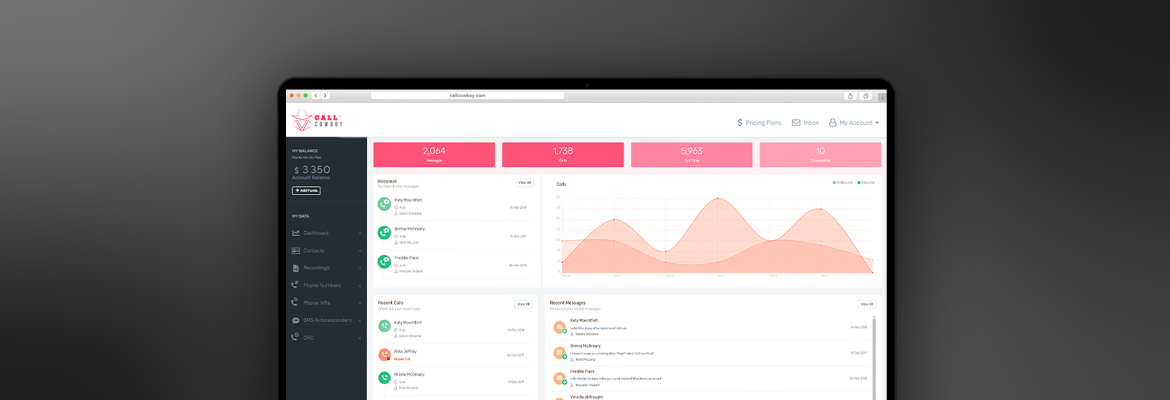Advanced Call Monitoring Features
Call whisper
Most call monitoring systems allow the person monitoring your agents' calls to communicate with the contact center agent without the client hearing. Supervisors and instructors may provide verbal assistance without disturbing the conversation while only listening to the caller.


Call barge
In contrast to whisper, this function allows the listener to participate in the discussion. In this example, both the agent and the customer will hear and talk with the coach or supervisor, which is comparable to conference calling.
When an agent is having trouble dealing with the caller's issue and isn't hearing whispered commands well, it's a good idea to use this technique. Because the coach or supervisor is already listening to the call, they can intervene if the consumer asks for a supervisor or manager. It's superior than using call forward to reroute calls to the next available.
Call takeover
The coach or supervisor who took over the call may take control of the conversation at any time. In this situation, the agent is disconnected from the caller, who will now converse with the coach or superior that managed to take over.
Call recording
Instead of monitoring live conversations, your quality assurance staff may choose to listen to the agents' previously recorded discussions from the call logs. They won't be able to influence the conversation, but it's a valuable tool for evaluating agent performance and detecting patterns in client queries.

